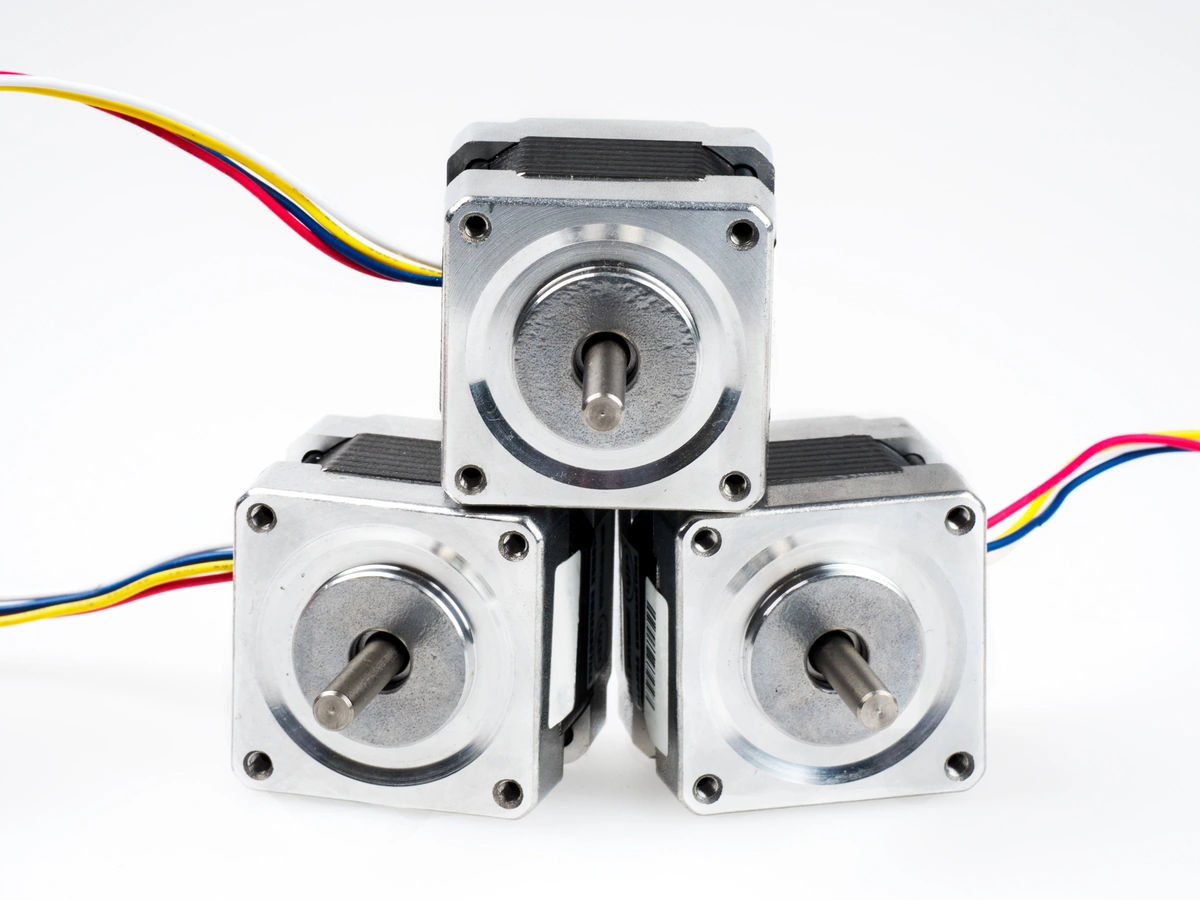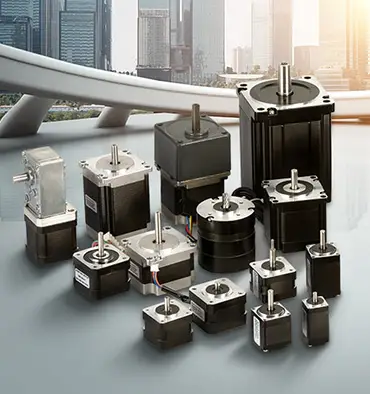How to connect stepper motor to driver?
Stepper motors are widely used in automation equipment due to their precise positioning abilities. Correctly wiring the motor to a stepper driver is crucial for reliable operation.
Motor Terminals Identification
Location and labeling of coil terminals varies by manufacturer. Examine detailed wiring diagrams and carefully trace each lead exiting the motor housing to individual terminals. An ohmmeter can identify coil pairs, measuring resistance between all terminal combinations to pinpoint the four distinct coils of a four-wire motor. Mark coil terminals for reference against driver schematics.
Driver Output Terminals
Stepper drivers present power to coils via a four or six terminal output connector, often featuring screw posts or a plug receptacle. Identify coil pair designations such as A+, A-, B+, B- etched directly into the housing. Research driver documentation thoroughly if additional terminals exist for options such as enabling/disabling or microstep modes.
Wire Size Determination
Consider each motor coil's impedance and driver output voltage/current to find American Wire Gauge values safely able to carry the load. Typically 28-24 AWG extruded copper wires suffice for under 2A coils, while below 18AWG is preferable for binding posts on larger motors needing thicker cabling. Stranded conductors relieve stress from frequent bending versus solid core types.
Polarization Consideration
Bipolar motors require reversing the direction of current flow in one coil pair to change rotational senses, following driver step tables. Connect terminals properly to achieve this sequence or the motor will fail to sequence. Unipolar windings do not reverse polarity.
Testing and Calibration
After assembly, test rotation under no load using minimum step settings. Adjust driver currents, microstep levels and other parameters while monitoring for smooth, resonant motions free of missing or irregular steps. Fine adjustment optimizes performance.
Conclusion
With close attention to product documentation and wiring practices, stepper systems connect correctly for precision automation.


Leave a Reply